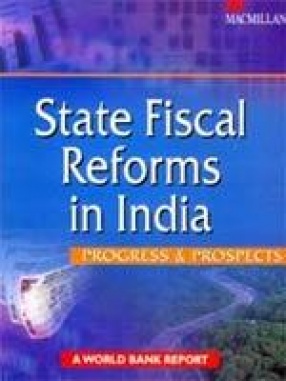India, home to more than one billion people, has experienced rapid economic growth over the past two decades, averaging about 6% per year, as well as progress in its social indicators. Sustaining and accelerating this progress, as per the country’s development targets, will require an improvement in government effectiveness, not only at the central but also at the state level, given the extensive responsibilities of India’s state governments for infrastructure and human development. But fiscal deterioration, especially acute in the late nineties, has weakened the development effectiveness of state governments in India by squeezing productive spending, and reducing its quality, especially in the poorer states. In response, first a few and by now the majority of state governments have embarked of fiscal reforms, aimed not only at reducing deficits but also at more and better spending in priority areas, made possible by expenditure restructuring and enhanced revenue mobilization. Fiscal reforms implemented thus far by states, while showing initial returns, are still a work-in-progress, and significant challenges remain. States continue to borrow in large part to finance current spending, and debt continues to rise. If reforms were to falter, or be reversed, fiscal stress would intensify, and the quality and quantity of continue the momentum of what is already underway. This stock-taking report aims both to share the lessons of state-level fiscal reforms to date, and to suggest what more can be done.
State Fiscal Reforms in India: Progress and Prospects
In stock
Free & Quick Delivery Worldwide
reviews
Bibliographic information
Title
State Fiscal Reforms in India: Progress and Prospects
Author
Edition
1st ed.
Publisher
ISBN
1403924937
Length
xxxiii+115p., Figures; Tables; References; 23cm.
Subjects







There are no reviews yet.